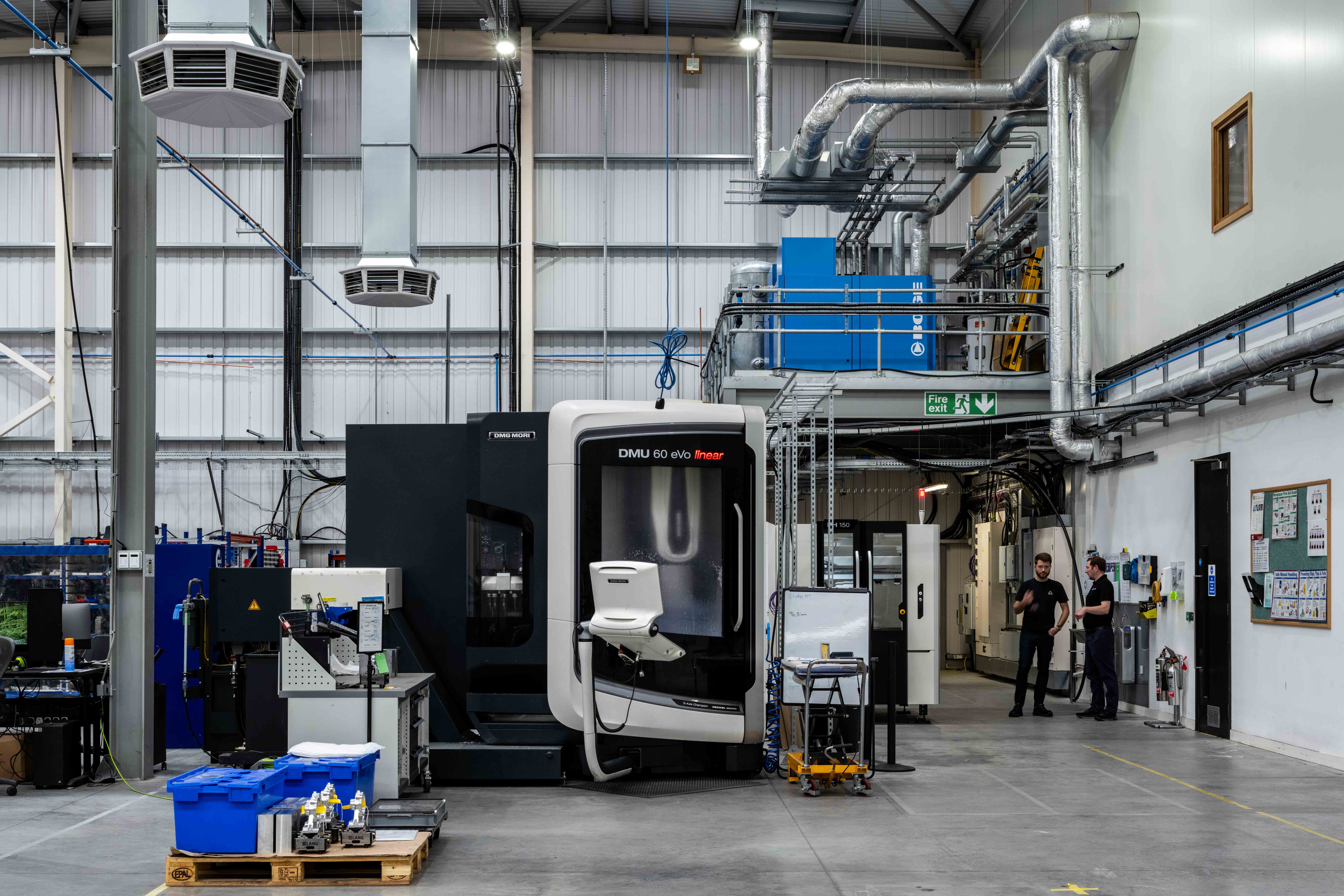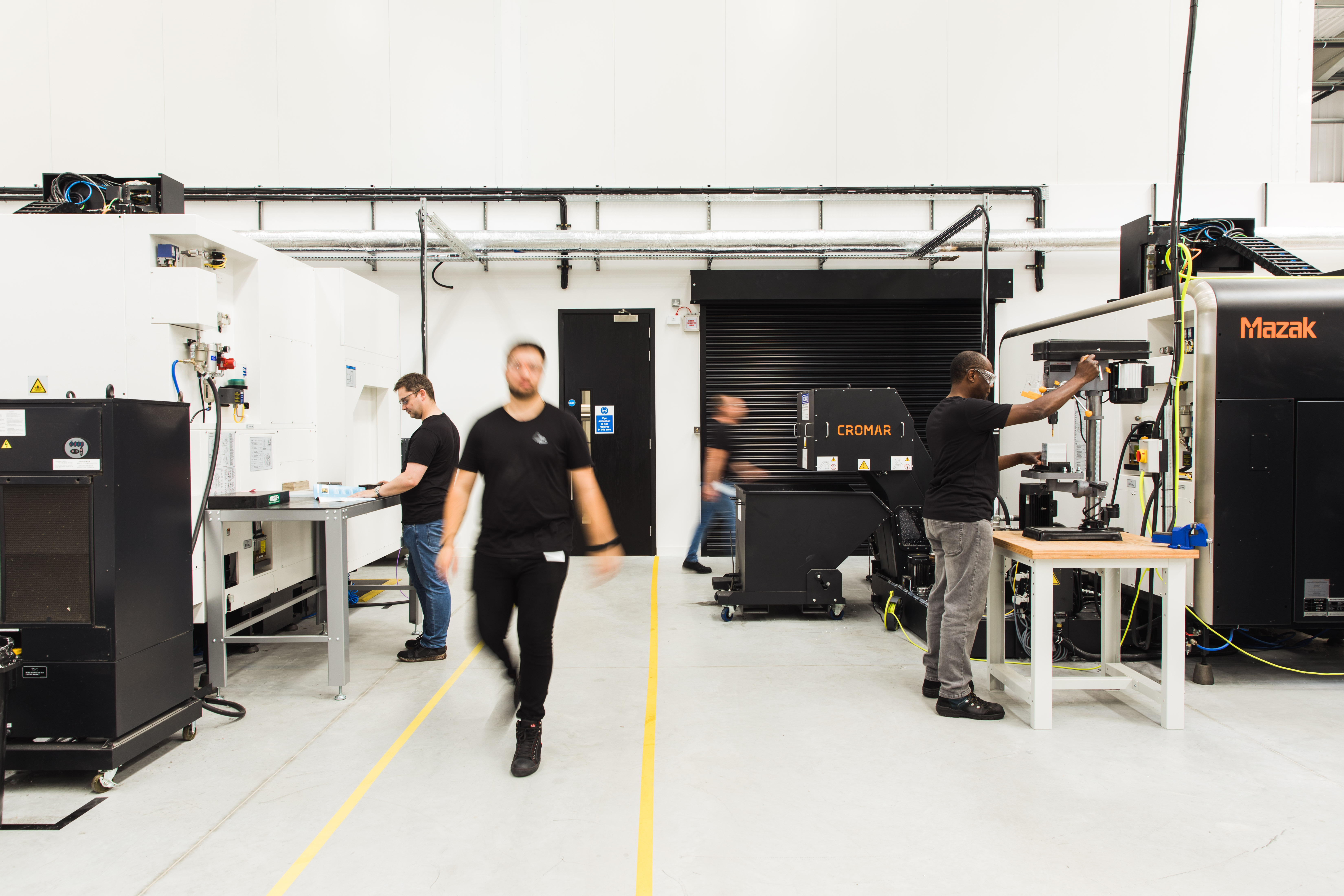
You do not always need more spindles to ship more parts. Most shops can unlock large chunks of hidden capacity with better planning, faster programming, smarter setups, and stronger process control. This guide shows practical ways to increase CNC capacity without new capital spend.
Start with a clear view of true capacity
Before changing anything, measure where time is going. A simple baseline helps you choose the highest impact actions.
- Track OEE at a basic level: availability, performance, and quality. Per machine is enough. Even a whiteboard tally for cutting time, setup, waiting, and rework beats guesswork.
- Classify downtime: setup, changeover, waiting for tools, waiting for material, waiting for programmes, maintenance, inspection, and training.
- Find the constraint: is the bottleneck programming, fixturing, probing, inspection, or a specific machine group.
A week of honest data often reveals that you already have 10 to 30 percent more capacity available inside your current schedule.
Reduce setup time with lean changeovers
Every minute saved in setup becomes cutting time.
- Standardise workholding: use quick change plates, subplates, and common zero points. Aim to move vices or fixtures as units.
- Stage offline: kit tools, fixtures, and material while the machine is cutting. Use shadow boards and labelled carts so the next job arrives ready.
- Capture best known methods: record torque values, soft jaw numbers, offsets, and probing cycles in the job traveller. The second run should be faster than the first.
- Apply SMED thinking: convert internal steps to external ones. Preload tools and jaws, pre-set lengths, warm up spindles, and pre-verify programmes at the desk.
Cut cycle time with smarter toolpaths and parameters
Shortening cycle time is the most direct way to add capacity.
- Use high efficiency strategies where safe: constant engagement milling, adaptive roughing, and rest machining reduce air time and extend tool life.
- Tune feeds and speeds with data: measure actual chip load, spindle load, and tool wear. Small improvements across many parts add up fast.
- Reduce non-cut moves: lift less, retract less, and link toolpaths cleanly.
- Avoid excessive scanning: Try and use tools and machining strategies that optimise material removal rate, even if this sometimes means implementing special form tools for high volume parts.
- Consolidate tools: prefer multi-purpose tools when possible to reduce setup time.
Accelerate programming to keep spindles fed
If parts wait for programmes, your bottleneck is upstream of the machine.
- Create tool libraries: proven tools and assemblies with feeds/speeds and stepover/stepdown.
- Macro and template libraries: strategies for common materials and features.
- Standardise post processors: fewer posts and fewer edits mean fewer mistakes and faster release.
- Adopt assistive CAM technology: tools like CAM Assist from CloudNC can help programmers produce viable toolpaths quickly for many milling jobs. Teams use it to get from model to first chips far faster, which keeps the queue full and machines busy. Use it where it saves the most time, then review and refine as needed.
Keep machines cutting with better scheduling
Idle time often hides in the handoff between jobs.
- Sequence by constraints: run the longest setups before breaks, put short repeaters near shift end, and feed your slowest resource first.
- Batch smartly: group parts by material, tool list, or fixture family to reduce changeovers.
- Plan for lights out where safe: stable jobs with proven tool life can run during lunch or overnight with in-process probing and tool break detection. Start with conservative parameters and strong workholding.
Strengthen workholding and probing
Rigidity and repeatability lift both cycle time and quality.
- Invest in rigid, modular fixtures: more aggressive cutting parameters possible.
- Use probing to set and hold: probe stock, fixtures, and critical features to catch drift early and reduce scrap.
- Custom fixture design: design soft jaws and fixtures that securely hold the part, offering repeatability whilst giving access to all features of the part per each operation.
Raise tool life and consistency
Tooling discipline prevents unplanned stops.
- Adopt tool life management: measured life per tool, swap before failure, and load sister tools for lights out runs.
- Pre-set and label: measure lengths and diameters offline, then load by pocket number with a standard naming scheme.
- Keep a core catalogue: limit variants and keep proven cutters in stock for your top materials.
Tighten the quality loop
Rework destroys capacity. Preventing it is cheaper than fixing it.
- First article with intent: agree critical features, process capability, and measurement methods before release.
- In-process checks: probe or gauge what matters while the part is still recoverable.
- Close the feedback loop: when a feature trends out, capture the cause and the fix in the job record.
Do the boring but vital maintenance
Small maintenance habits raise availability without shutting the shop.
- Daily care: chips out, lube checked, filters clean, toolholders wiped, pull studs tight.
- Weekly checks: coolant concentration, way covers, air lines, and spindle warm up.
- Planned PM: schedule short, regular stops instead of suffering long unplanned ones.
Train for speed and consistency
People create capacity when they share methods that work.
- Cross-train operators: more flexibility for breaks, holidays, and shift cover.
- Level up programmers: lunch-and-learn sessions on material-specific strategies, macros, and post best practice.
- Write playbooks: short guides for aluminium plate, stainless billets, or small prismatic parts so anyone can run the plan.
A quick capacity equation you can use today
Use this back-of-the-envelope check to see potential gains.
- Available cutting hours per week = scheduled hours per machine × number of machines × OEE
- Added capacity from improvements = available cutting hours × expected improvement percentage
If your shop runs 5 machines for 80 scheduled hours with 55 percent OEE, you have 220 cutting hours. A 10 percent improvement gives 22 extra hours, which might equal one full machine on your current mix.
Example action plan for the next 30 days
- Measure: run a simple OEE board per machine for two weeks and tag downtime reasons.
- Pick one bottleneck: choose setups, programming, or scheduling.
- Run one experiment per week: for setups, try a quick change plate on your highest runner. For programming, create a template library for aluminium prismatic parts and trial CAM Assist on similar jobs. For scheduling, group jobs by tool list for one shift.
- Review and lock in: keep what works, document it, and train others.
- Repeat: move to the next bottleneck.
When to consider software help
Targeted tools can help where the pain is sharpest.
- CAM Assist can help programmers reach a solid starting strategy quickly, especially on repeatable features and materials. That shortens lead time from model to chips, which is often the real constraint.
- Shop scheduling software can expose idle gaps and reduce changeovers by smarter sequencing.
- Tool management systems can keep preset data and life targets in sync across shifts.
Keep the focus on faster release of good programmes, fewer changeovers, stable tool life, and steady machines. The capacity follows.
Key takeaways
- Start with a simple, honest baseline of OEE and downtime.
- Attack setups, cycle time, programming speed, and scheduling before buying hardware.
- Use probing, rigid workholding, and disciplined tooling to keep machines stable.
- Support people with clear playbooks and training.
- Consider assistive tools like CAM Assist to speed programming, then refine with your own expertise.




